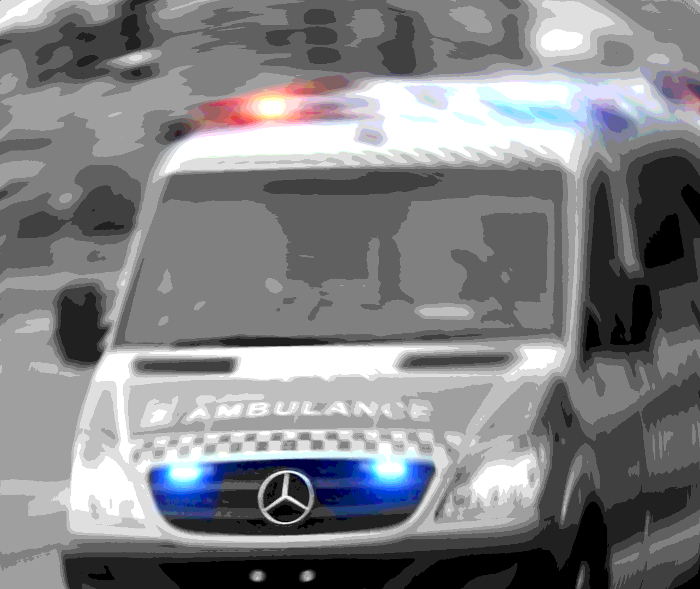Ambos push back at RHH
 ‘Unsafe’ conditions have led paramedics to stop treating patients outside of ambulances at Royal Hobart Hospital (RHH).
‘Unsafe’ conditions have led paramedics to stop treating patients outside of ambulances at Royal Hobart Hospital (RHH).
A leaked email from Ambulance Tasmania's Southern Region HSR Group, which monitors work health and safety issues, shows staff have been told to cease working in the RHH's ramping area.
It came just a day after revelations that Ambulance Tasmania has slipped in meeting its legal obligations regarding the safety of paramedics.
“The … growth of ramping has led to significant and unmanaged change to our daily work practices, and a gradual erosion of workplace safety,” the letter states.
Paramedics that find themselves ramped at the hospital for over 30 minutes have been directed to return patients to ambulance vehicles to continue care until there is space in the emergency department.
Paramedics say monitoring ramped patients in ambulances is safer than waiting with a patient for hours in a hospital corridor.
The temporary measure came in response to safety concerns reportedly ignored by Ambulance Tasmania (AT) management.
Ambulance Tasmania has allegedly told staff that the ramping issues cannot be resolved, “despite the department's own policy requiring activities assessed as having an extreme risk rating be immediately ceased, with significant controls enacted prior to resumption of that activity”.
“AT staff are expected to perform an ever-increasing array of tasks for which they are not trained or properly equipped, with individual employees left to work it out for themselves with no guidance or direction. Unsafe systems of work such as these create significant risk for the patient and staff alike,” the letter states.
It details several serious incidents involving paramedics ramped at the RHH since a Provisional Improvement Notice on ramping was issued in September.
“Examples include a code black situation where an AT paramedic was forced to physically apprehend a fleeing mental health patient who was under protective custody; a domestic violence victim being subjected to forensic photography of her injuries in a public thoroughfare; a patient suffering serious traumatic injuries after they fell whilst being toileted; overdosing of patients as a result of AT and hospital staff treating the same patient independently and failing to communicate,” the letter states.
AT and the work health and safety regulator have reportedly been informed.
“It is not envisaged that this will be a permanent solution to the issues associated with ramping, but merely a temporary measure whilst consultation occurs around the most appropriate way to effectively reduce the risk to patients and staff,” the letter says.
Ambulance Tasmania says it is working with WorkSafe Tasmania to address the issues raised by paramedics.
“It should be pointed out that in relation to these issues, an action plan has been developed, and a number of the highest-priority recommendations as identified by an independent workplace health and safety consultant have already been addressed. Further recommendations are on track to be implemented in the coming months,” a spokesperson said.
“Patient safety and care, along with the safety of our staff, are our top priorities. We never want to see either of these compromised, which is why we have committed to this work and these improvements.”








 Print
Print